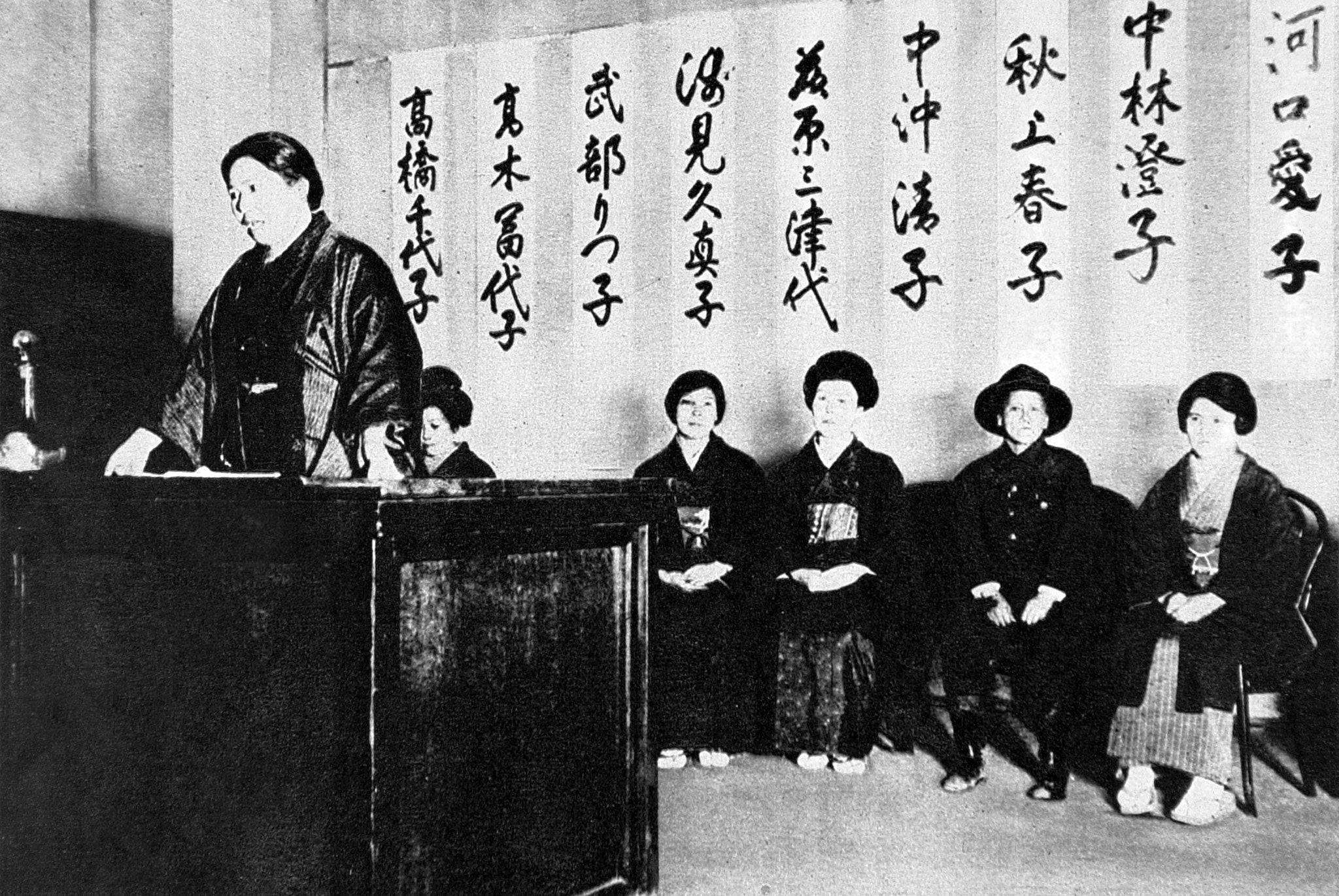Women and the Vote: A World History by Jad Adams, book review
This global history of women's fight for the vote is authoritative and thought-provoking

Impressive in its reach, authoritative in its meticulous research, Jad Adams's world history of women's enfranchisement takes his reader from early political and feminist stirrings in mid-19th-century Europe and America and up to the present day.
He takes us via female suffrage in the pioneering lands of New Zealand and Australia (1893 and 1902 respectively, ahead of Finland, Norway, Denmark and Iceland) where the movement was unencumbered by class hang-ups if not racial ones, through the American West (1920 across the US) and the swell of countries granting enfranchisement in the immediate aftermath of the First World War.
Then there is the gradual acquiescence in Latin America during the 1920s and 1930s – "peripheral" Ecuador taking the lead, diminutive Uruguay close behind – ahead of France in 1945 (26 years in advance of Switzerland). We move on through the legislative journeys of former African colonies from the mid-1940s to the 1960s and then along the Indian route, the zigzagging movements in China and Japan and up to sometimes recent concessions in the "countries of the veil" where women's suffrage carries the stigma of having a whiff of the West and perceived modern imperialism.
The author's conclusions prove thought-provoking: suffrage is driven as much, Adams argues, if not more, by nationalism – or a sense of national identity, often in times of war-related crises – as by feminism per se. A broad remit and a book peppered with tantalising glimpses of the personalities involved, moments of immense courage, tales of teamwork and of female friendships spanning continents, the difficulties for solo pioneers. There are references galore to feminist, suffragette, conservative, or radical magazines such as Tokyo's Bluestocking or Afghanistan's Payam-e-Zan (Women's Message).
Tipping-points for defiance and revolt were various: the foot-binding tradition of China; the subservience of "three steps behind" in Japan; the misconstruing of the Koran in Egypt, Sudan and parts of today's Middle-East, while early partial democracy for women in parts of Europe and America was regarded as part of a moral crusade for "temperance" and "pure living". Wherever, and whenever, women's enfranchisement was debated, the need for literacy was usually at its heart, its mantra "education, education, education", be the call middle-class or proletarian, its voice militant or gently coercive.
Prominently portrayed figures include Huda Shaarawi in 1920s Egypt; Funmilayo Ransome-Kuti of the Yoruba people in Nigeria; Xiang Jingyu, who founded the Communist Party's women's section in China; Japanese feminist Ichikawa Fusae; and Aletta Jacobs, the Dutch doctor who steered through reform.
While this is undoubtedly an authoritative and scholarly exploration, there is a sense that more space is required to breathe life into the remarkable process of enfranchisement. A broader painting of the various tumultuous settings is desirable, with the reader allowed to linger longer with the movements and their figureheads, who should surely gleam – as some do, while others remain thumbnail sketches. At its best the writing enthrals; elsewhere it reads as an expanded doctoral thesis, not helped by a rather dowdy cover, which may put off the wider readership such an important subject deserves.
Subscribe to Independent Premium to bookmark this article
Want to bookmark your favourite articles and stories to read or reference later? Start your Independent Premium subscription today.

Join our commenting forum
Join thought-provoking conversations, follow other Independent readers and see their replies